Charred chunks in the blast box: reducing risk of battery fires, explosions – Iowa State University
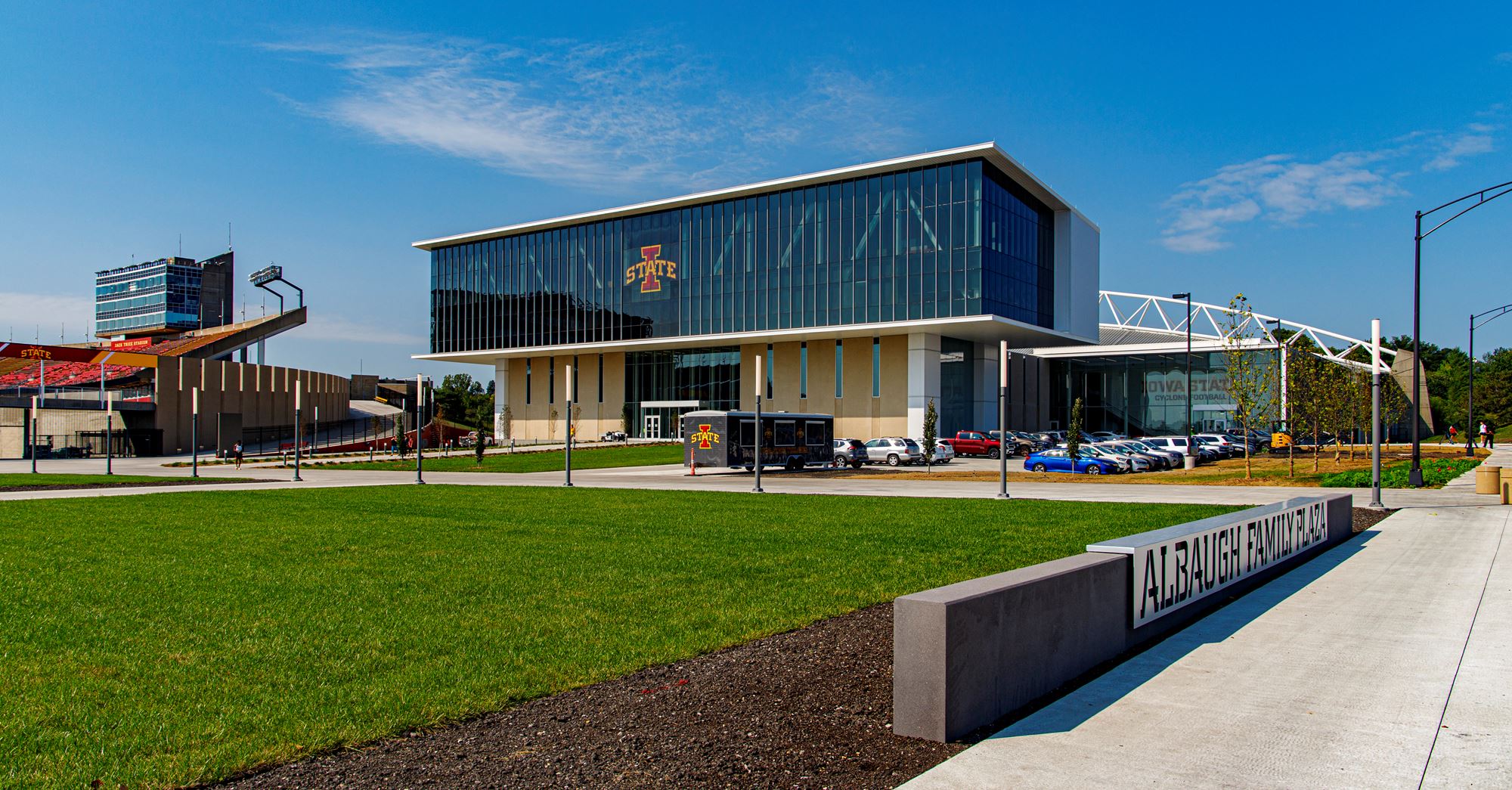
Report on Advanced Battery Research and its Contribution to Sustainable Development Goals
Fostering Innovation for Sustainable Energy (SDG 7 & SDG 9)
Research at Iowa State University’s Energy Storage, Transport, and Conversion Laboratory is advancing battery technology in alignment with global sustainability targets. A new accelerating rate calorimeter system, acquired through a $368,000 grant from the U.S. Department of Defense’s Office of Naval Research, serves as a cornerstone for this initiative. This instrument is a unique piece of research infrastructure (SDG 9) in the region, designed to accelerate innovation in affordable and clean energy solutions (SDG 7).
- The system facilitates the controlled “abuse testing” of lithium-ion batteries to analyze failure mechanisms and prevent thermal runaway.
- It systematically subjects batteries to electrical, mechanical, and thermal stresses to identify design weaknesses.
- Comprehensive data is collected during these tests, including voltage, current, temperature, pressure, and self-heating rates, which is vital for developing safer and more efficient battery technology.
Enhancing Sustainable Communities and Climate Action (SDG 11 & SDG 13)
The development of safer and more reliable batteries is fundamental to building sustainable cities and communities (SDG 11) and taking urgent action to combat climate change (SDG 13). The research conducted by Assistant Professor Todd Kingston directly addresses these goals by mitigating the risks associated with battery technology, thereby facilitating its broader adoption.
- By improving battery safety, the research supports the widespread integration of electric vehicles, which reduces urban air pollution and contributes to more sustainable transportation systems.
- The findings help reduce the risk of battery fires and explosions, enhancing safety in dense urban environments where energy storage systems are increasingly deployed.
- This work underpins the global transition to an electrified economy, a critical strategy for reducing greenhouse gas emissions and achieving climate action targets.
Developing Collaborative Infrastructure and Quality Education (SDG 9 & SDG 4)
The calorimeter is a key component of a new, collaborative battery fabrication and testing center being established at Iowa State University. This center represents a significant investment in resilient infrastructure (SDG 9) and quality education (SDG 4), supported by a $400,000 grant from the university’s strategic plan fund and additional institutional support.
- The center will provide researchers with the capability to fabricate electrodes and assemble, test, and characterize batteries from raw materials.
- It will enable the study of various battery formats, including the thin “pouch cells” used in modern electric vehicles.
- The facility is designed to be a collaborative hub for university researchers, external academic partners, and industry, with a user-fee model to ensure sustainable operation.
Building a Skilled Workforce for the Green Economy (SDG 4)
A primary outcome of this initiative is the development of human capital, directly contributing to quality education (SDG 4). The hands-on experience provided by the new facilities is crucial for training the next generation of engineers and scientists who will lead the transition to a sustainable, electrified future.
- Graduate students gain practical experience in battery fabrication, safety protocols, and advanced testing methodologies.
- The calorimeter and battery center serve as unique educational tools, enhancing the curriculum with hands-on learning opportunities.
- This workforce development initiative prepares a skilled labor force for high-demand roles in the battery and clean energy sectors, strengthening the green economy.
SDGs Addressed in the Article
-
SDG 7: Affordable and Clean Energy
- The article discusses research that is “vital in a world that’s switching to electric power.” This research into battery technology is fundamental for storing and utilizing clean energy, particularly for applications like electric vehicles and grid storage, which supports the transition away from fossil fuels. The article notes the goal to “affordably and efficiently electrify most of the economy.”
-
SDG 9: Industry, Innovation, and Infrastructure
- The core of the article is about scientific research, innovation, and the development of specialized infrastructure. The purchase of an “accelerating rate calorimeter system” with a federal grant and the establishment of a “new battery fabrication and testing center” are direct investments in research infrastructure. The project’s goal to “develop safer batteries” and drive “safer battery technology” is a clear example of technological innovation.
-
SDG 4: Quality Education
- The article explicitly mentions an educational component, stating, “We are doing a lot of workforce development.” It highlights that graduate students are gaining practical, hands-on experience in “battery fabrication, testing and safety.” This contributes to providing relevant technical skills for a growing industry, described as an “education enhancement that allows hands-on testing and learning.”
-
SDG 11: Sustainable Cities and Communities
- The research has direct implications for urban safety and sustainability. By working to prevent battery fires and explosions (“thermal runaway”), the research helps ensure the safety of technologies used in cities, such as electric vehicles and battery storage in buildings. The article mentions the push to “electrify most of the economy, from cars to buildings,” which makes battery safety a critical component of sustainable urban infrastructure.
Specific SDG Targets Identified
-
SDG 7: Affordable and Clean Energy
- Target 7.a: By 2030, enhance international cooperation to facilitate access to clean energy research and technology… and promote investment in energy infrastructure and clean energy technology.
- The article details investment in clean energy technology through a “$368,000 grant” and a “$400,000 grant” to establish a state-of-the-art battery research and testing center. This center focuses on battery technology, which is crucial for the deployment of clean energy.
- Target 7.a: By 2030, enhance international cooperation to facilitate access to clean energy research and technology… and promote investment in energy infrastructure and clean energy technology.
-
SDG 9: Industry, Innovation, and Infrastructure
- Target 9.5: Enhance scientific research, upgrade the technological capabilities of industrial sectors… encouraging innovation and substantially increasing the number of research and development workers… and public and private research and development spending.
- The article is a case study for this target. It describes enhancing scientific research (“abuse testing on lithium-ion batteries”), upgrading technological capabilities with new equipment, and encouraging innovation to create “safer battery technology.” The project is funded by public grants and involves university researchers and students.
- Target 9.5: Enhance scientific research, upgrade the technological capabilities of industrial sectors… encouraging innovation and substantially increasing the number of research and development workers… and public and private research and development spending.
-
SDG 4: Quality Education
- Target 4.4: By 2030, substantially increase the number of youth and adults who have relevant skills, including technical and vocational skills, for employment, decent jobs and entrepreneurship.
- The project provides “unique educational capabilities,” allowing graduate students to learn “battery fabrication, testing and safety.” This directly equips them with relevant technical skills for employment in the expanding battery and electric power industries.
- Target 4.4: By 2030, substantially increase the number of youth and adults who have relevant skills, including technical and vocational skills, for employment, decent jobs and entrepreneurship.
-
SDG 11: Sustainable Cities and Communities
- Target 11.2: By 2030, provide access to safe, affordable, accessible and sustainable transport systems for all.
- The research on battery safety is critical for ensuring that emerging sustainable transport systems, like electric vehicles, are safe for public use. The work to understand and prevent “thermal runaway” directly contributes to the safety aspect of this target.
- Target 11.2: By 2030, provide access to safe, affordable, accessible and sustainable transport systems for all.
Indicators for Measuring Progress
-
For SDG 9 (Target 9.5)
- Indicator (Mentioned): Research and development expenditure. The article explicitly states the monetary investment from public sources, including a “$368,000 grant from the U.S. Department of Defense’s Office of Naval Research” and a “$400,000 grant from Iowa State’s strategic plan fund.”
-
For SDG 4 (Target 4.4)
- Indicator (Implied): The number of students and researchers with advanced technical skills. The article notes that “Graduate students, for example, are learning battery fabrication, testing and safety,” which implies a direct increase in the number of individuals trained in this specialized, high-demand field.
-
For SDG 7 (Target 7.a)
- Indicator (Implied): Investment in clean energy technology and research infrastructure. The creation of the “collaborative battery center” and the purchase of the “accelerating rate calorimeter system” serve as tangible indicators of investment being directed toward infrastructure for clean energy technology development.
-
For SDG 11 (Target 11.2)
- Indicator (Implied): Data on battery safety and performance. The article states that the calorimeter “collects and records data about battery conditions, characteristics and performance,” including “temperature, pressure, [and] self-heating rate.” This data is a direct measure of progress toward developing safer batteries for use in public transport and infrastructure.
Summary of SDGs, Targets, and Indicators
| SDGs | Targets | Indicators |
|---|---|---|
| SDG 7: Affordable and Clean Energy | Target 7.a: Promote investment in energy infrastructure and clean energy technology. | Implied: Investment in clean energy technology, as shown by the establishment of a new battery research and fabrication center funded by grants. |
| SDG 9: Industry, Innovation, and Infrastructure | Target 9.5: Enhance scientific research, upgrade technological capabilities, and encourage innovation. | Mentioned: Research and development expenditure, evidenced by the specific grant amounts of $368,000 and $400,000 for research equipment and facilities. |
| SDG 4: Quality Education | Target 4.4: Increase the number of youth and adults who have relevant technical and vocational skills for employment. | Implied: The number of students acquiring specialized skills, as “Graduate students are learning battery fabrication, testing and safety.” |
| SDG 11: Sustainable Cities and Communities | Target 11.2: Provide access to safe, affordable, accessible and sustainable transport systems for all. | Implied: Progress in developing safer technology, measured by the data collected on battery failure modes (“thermal runaway”) to reduce the risk of fires and explosions in electric vehicles. |
Source: news.iastate.edu

What is Your Reaction?
 Like
0
Like
0
 Dislike
0
Dislike
0
 Love
0
Love
0
 Funny
0
Funny
0
 Angry
0
Angry
0
 Sad
0
Sad
0
 Wow
0
Wow
0
























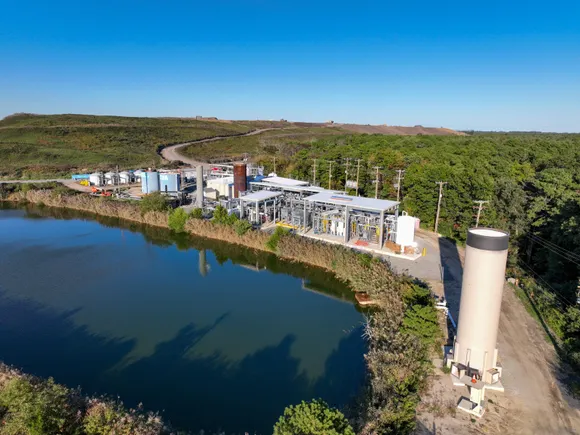







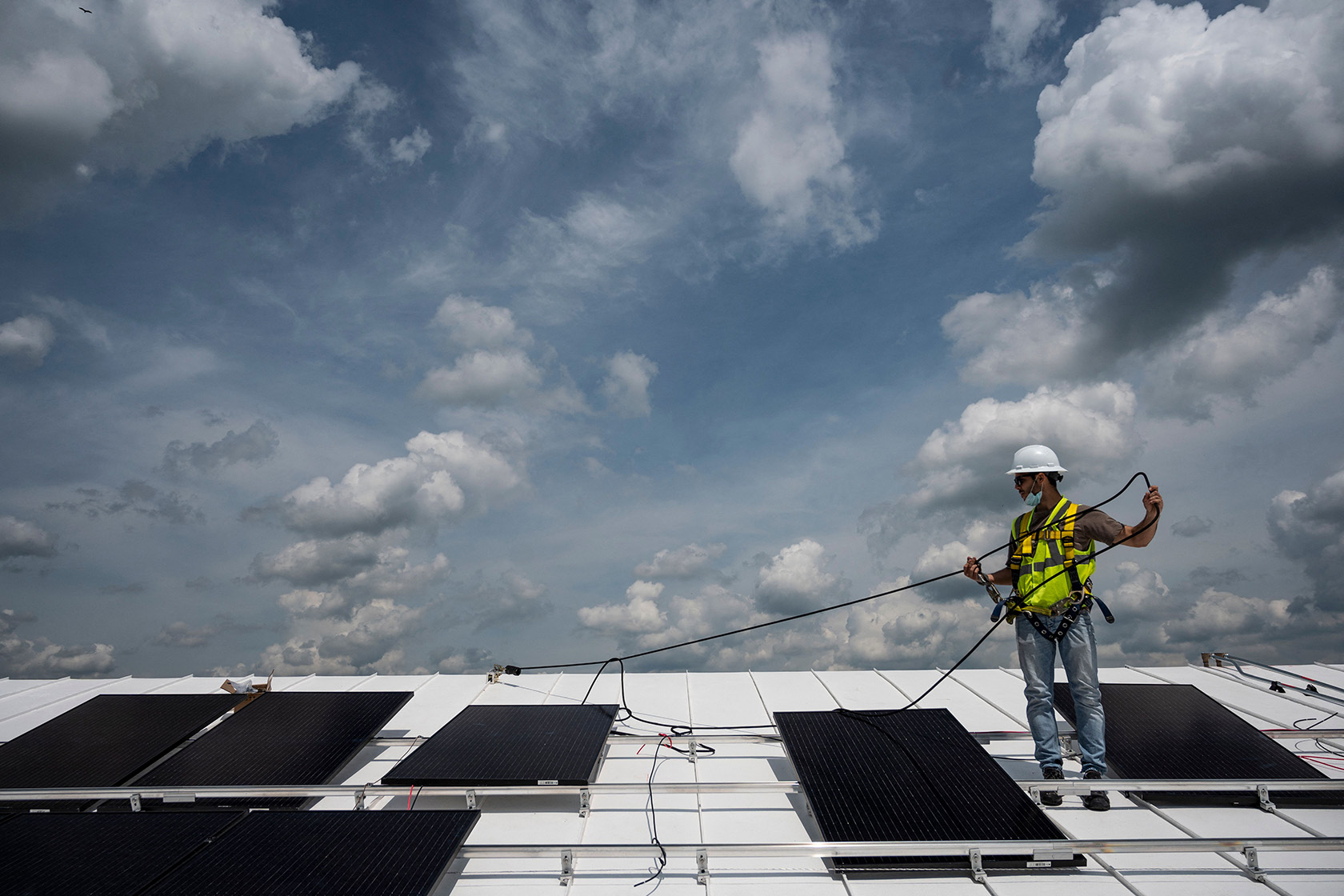


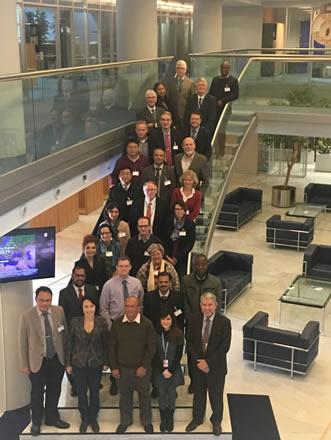
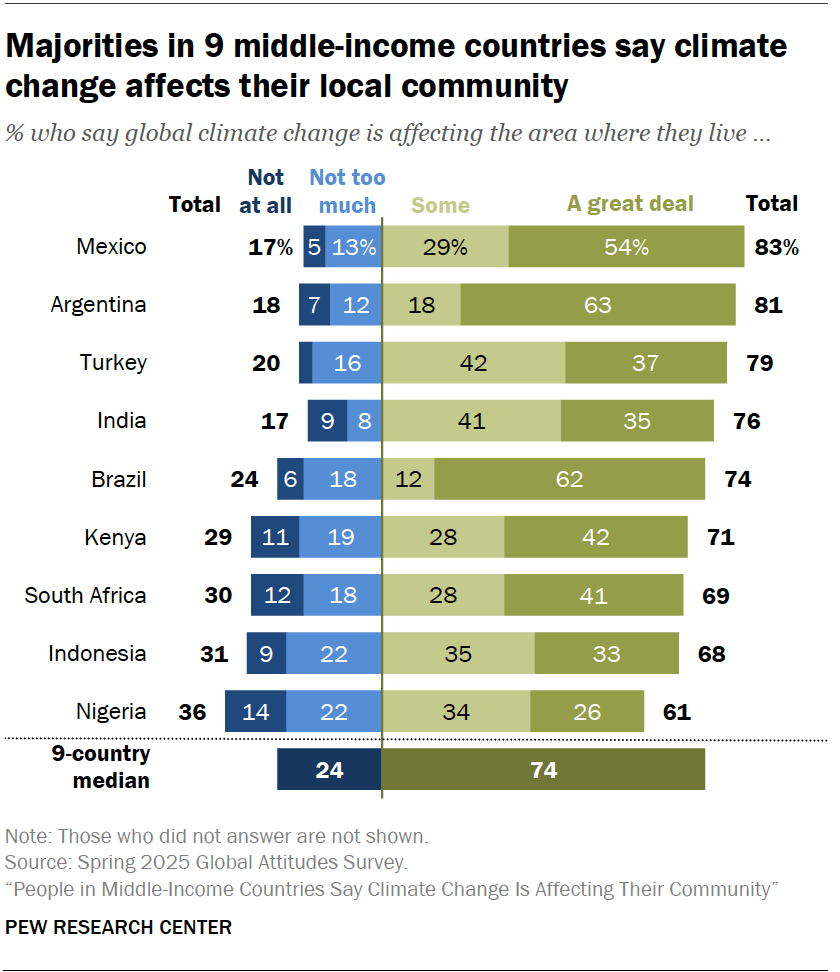







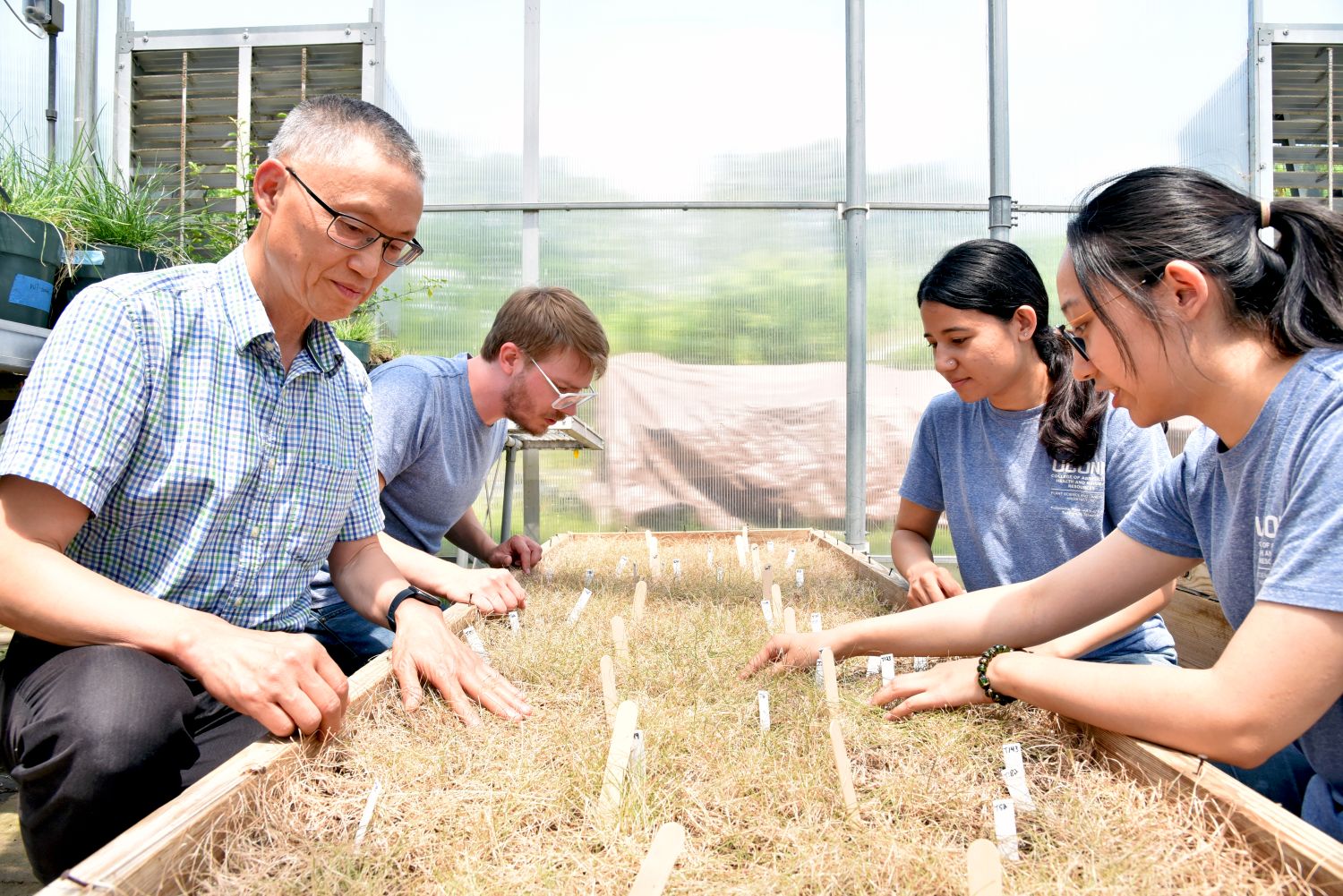















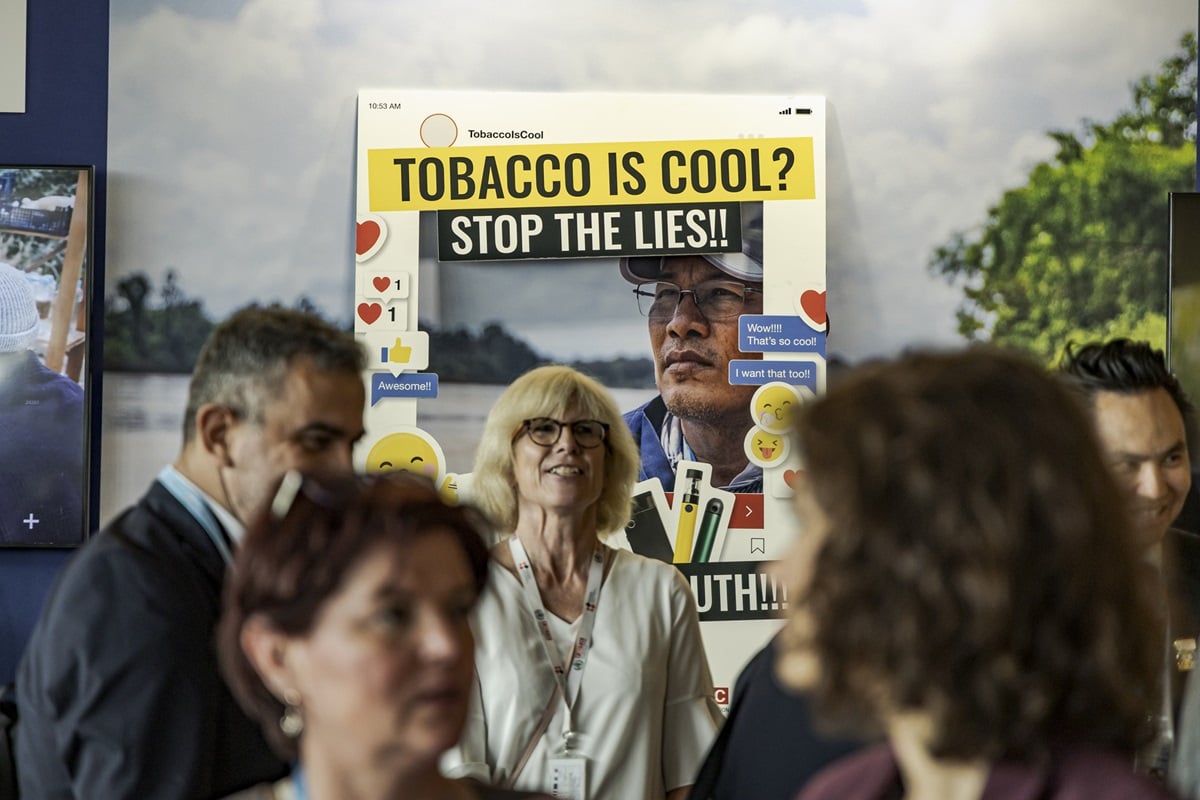





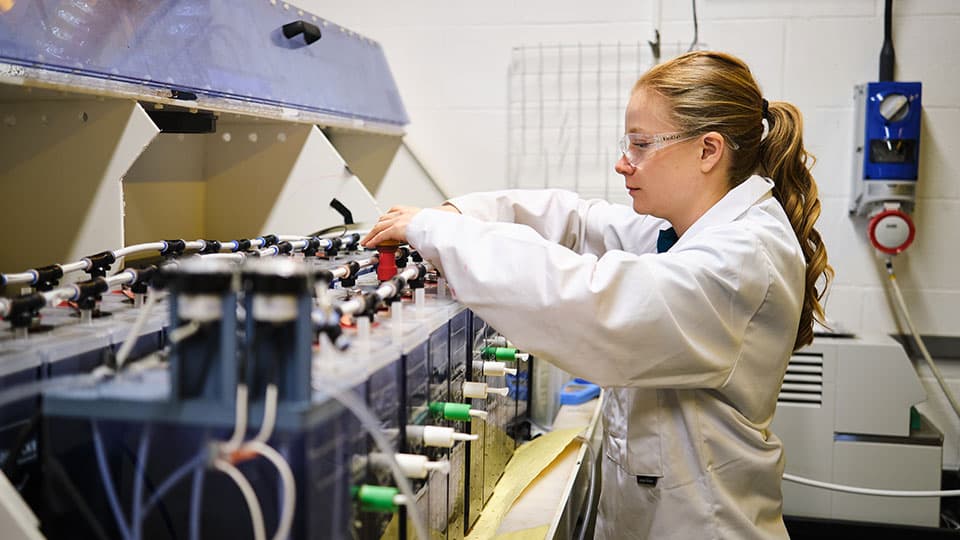
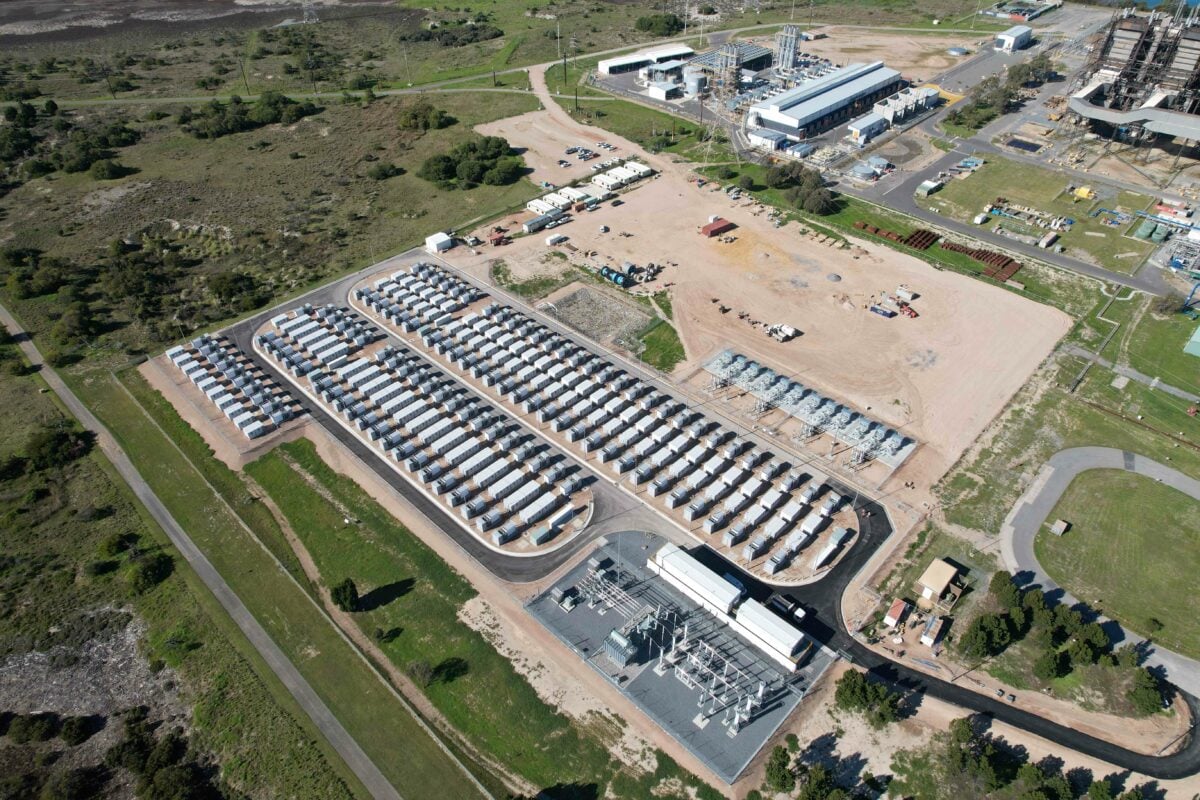

![[Latest] Carbon Fiber in Wind Turbine Rotor Blade Market to Reach US$18.07 Billion by 2033 | Astute Analytica – GlobeNewswire](https://ml.globenewswire.com/media/YTczNWUwMTAtZDY3OS00ZTZhLWEzMWItYzEzMWNjODEwZmY3LTEyMTg1NTctMjAyNS0xMS0wNS1lbg==/tiny/AstuteAnalytica-India-Pvt-Ltd-.png?#)







